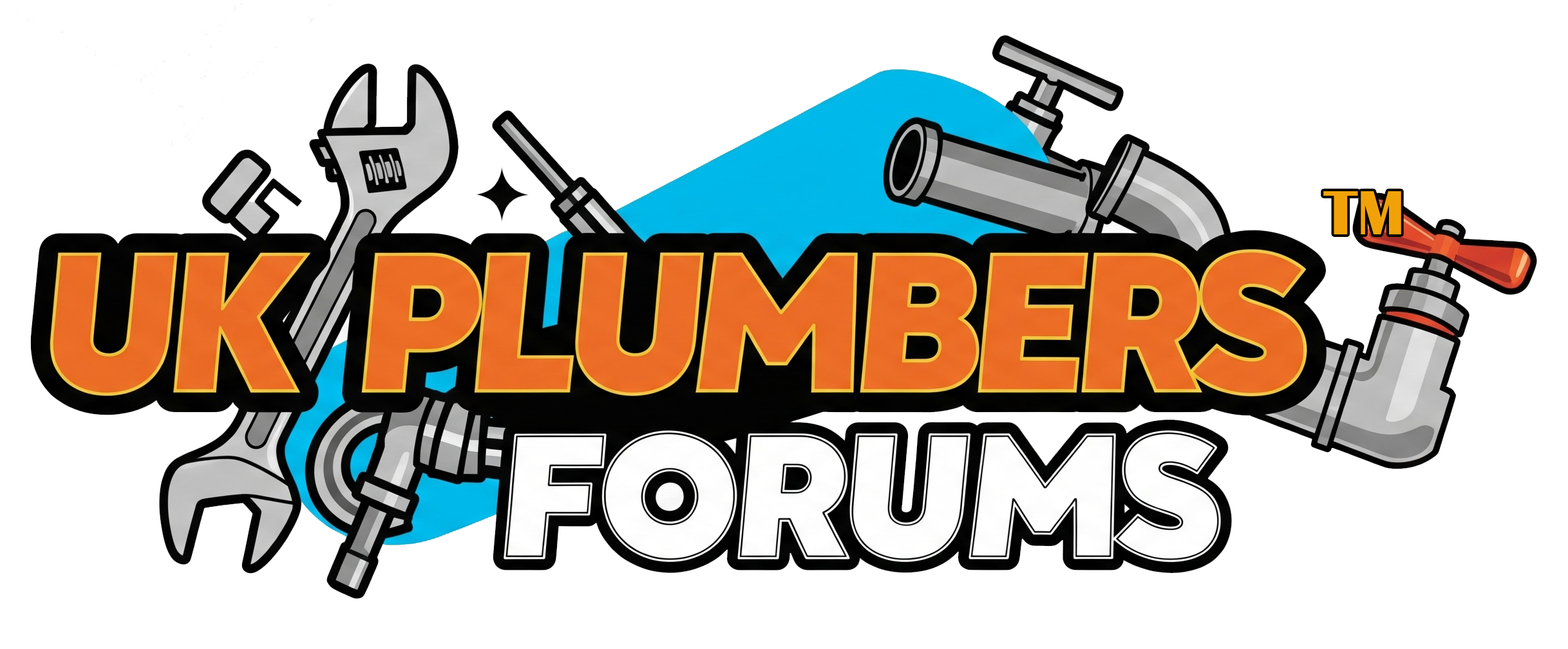Powder Flush is the newer alternative to a Power Flush. Here we explain the advantages of Powder flush
The efficacy of heating system maintenance is paramount for both energy efficiency and longevity. Traditionally, a common method for cleaning central heating systems has been the 'Power Flush,' involving the high-pressure circulation of water and chemicals. However, a newer, increasingly favored alternative, 'Powder Flush,' presents a compelling array of advantages. While both aim to remove sludge, rust, and debris that accumulate in pipework and radiators, Powder Flush distinguishes itself through its gentle yet highly effective approach, superior cleaning capabilities, and environmental benefits.One of the most significant advantages of Powder Flush lies in its gentle application and reduced risk of damage. Power flushing utilizes a powerful pump to force water and cleaning agents through the system at high velocity. While effective, this high pressure can sometimes exacerbate existing weaknesses in older or poorly maintained systems, potentially leading to leaks, burst pipes, or damage to delicate components like heat exchangers in boilers. The forceful nature of a power flush can dislodge large chunks of debris, which may then become lodged elsewhere, causing blockages. In contrast, Powder Flush employs a non-aggressive, low-pressure circulation method, typically utilizing the system's own pump or a less powerful external pump. The cleaning agents, in powder form, are dissolved and circulated gradually, allowing them to gently break down and suspend contaminants without imposing undue stress on the system's integrity. This makes Powder Flush a far safer option, particularly for older or more fragile heating installations, minimizing the risk of costly repairs post-flush.
Beyond the reduced risk of damage, Powder Flush often delivers superior cleaning performance. The key to this lies in the nature of the cleaning agents and their interaction with the system. Power flushing primarily relies on the abrasive force of water and the chemical reaction of liquid descalers. While this can remove loose sludge, it may not effectively tackle stubborn deposits or tightly adhered rust. Powder flush systems typically utilize a carefully formulated blend of powdered chemicals, often including dispersants, corrosion inhibitors, and specific agents designed to target different types of contaminants. When these powders dissolve and circulate, they create a highly active solution that penetrates and emulsifies even tenacious sludge and hard scale more effectively. The prolonged, gentle circulation allows these agents ample time to work, breaking down debris into finer particles that can then be easily flushed out. This comprehensive cleaning action often results in a cleaner system with less residual build-up, leading to improved heat transfer and sustained efficiency.
Furthermore, Powder Flush offers notable environmental and disposal benefits. Traditional power flushing often involves the use of aggressive, acidic liquid chemicals. The spent flush water, laden with these chemicals and dissolved contaminants, often requires careful disposal to comply with environmental regulations. Some of these chemicals can be hazardous and pose risks to aquatic life if not handled correctly. Powder Flush, on the other hand, frequently utilizes more eco-friendly, biodegradable cleaning agents. The powdered format itself can reduce the volume of chemical waste, and the less aggressive nature of the process means the resultant wastewater is often less contaminated and easier to dispose of responsibly. This contributes to a greener approach to heating system maintenance, aligning with increasing environmental consciousness.
Finally, while initial perceptions might suggest a more complex process, Powder Flush can often be more time-efficient and less disruptive in practice. Power flushing often necessitates the isolation of individual radiators and a more laborious flushing sequence, which can prolong the overall process. The high pressure and potential for dislodged debris can also lead to more mess. Powder Flush's gentle, systemic circulation often allows for a more streamlined process, as the cleaning agents can work effectively throughout the entire system simultaneously. This can translate into reduced labour time and less disruption for the homeowner, making it a more convenient option.
In conclusion, while Power Flush has served as a standard for many years, Powder Flush has emerged as a superior alternative, offering a compelling range of advantages. Its gentle application minimizes the risk of system damage, a crucial consideration for any homeowner. The advanced chemical formulations and systemic circulation often lead to a more thorough and lasting clean, enhancing heating efficiency. Moreover, its environmental benefits and potential for a less disruptive process further solidify its position as the preferred method for modern central heating system maintenance. For those seeking to optimize their heating system's performance and longevity with a safe, effective, and environmentally conscious approach, Powder Flush undoubtedly represents the more advantageous choice.


